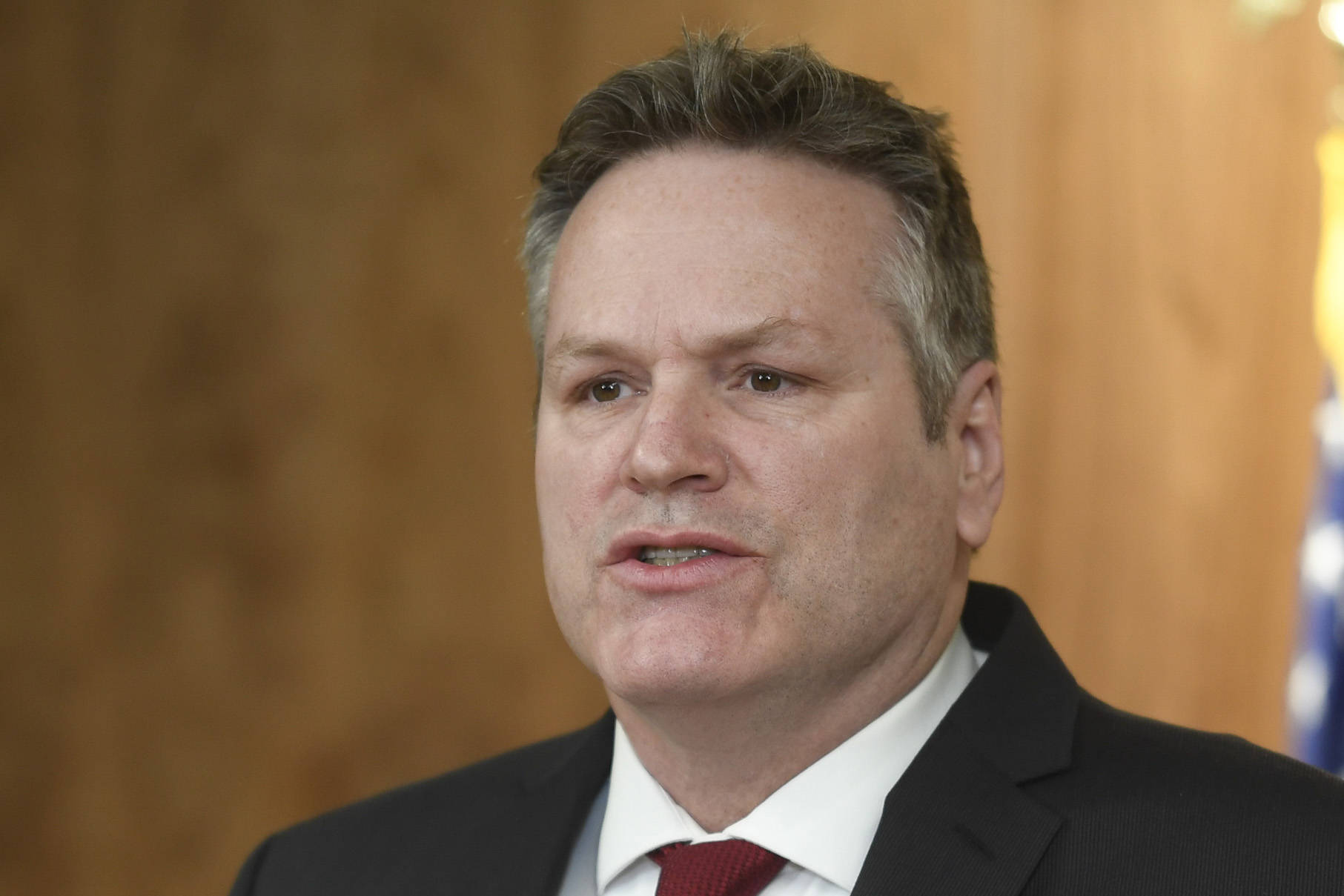The editorial boards of two of Alaska’s newspapers weren’t surprised by the magnitude of spending cuts in the budget proposed by Gov. Mike Dunleavy. The descriptors “bomb” and shock” were about public reaction, as captured by the question posed in the Fairbanks Daily-News Miner: “Now, Alaskans, will you finally pay attention to the fiscal crisis?”
I think the most prominent person who received that wake-up call is the governor himself.
While serving on the Senate Finance Committee in January 2017, Dunleavy put together a budget plan that would have spread out $1.1 billion in budget cuts over four years. “It does not require new taxes,” he told the Empire. And “it does not require the taking or manipulation of the dividend.”
His colleagues in the Senate’s majority caucus didn’t agree. They reduced the PFD to help pay for the $4 billion spending plan they passed in April. Just before voting against that, Dunleavy withdrew from the caucus. Three months later, he announced his candidacy for governor. And before the 2018 legislative session began, he resigned from the Senate to focus on a campaign where his budget plan would take center stage.
[Opinion: Gov. Dunleavy follows through on campaign commitments]
Essentially, he’s had two full years to refine his vision founded on a commitment to no new taxes or reductions to the PFD. Long enough to realize how severe he’d have to cut the University of Alaska, K-12 education and Alaska’s ferries. And to have given voters a range of the cuts he planned to implement.
The $98 million he wants to take out of the Alaska Marine Highway System might be Dunleavy’s biggest broken campaign pledge. The two-thirds reduction doesn’t align at all with telling voters he’d “make sure that it remains the backbone of transportation in Southeast.”
I wouldn’t suggest he deliberately misled anyone though. I think he honestly expected there was significant savings that could be found throughout the state bureaucracy. For instance, he claimed during a debate last October there was $200 million for “2,000 funded but unfilled state jobs” that could easily be cut.
[Frank Murkowski: Here’s how to fix the Alaska Marine Highway System]
But as longtime Alaska journalist Dermot Cole argued the next day, “Dunleavy appears to be unaware that the number of positions funded by the Legislature is always less than the number of total authorized positions — that is what the state calls the vacancy factor.” And it’s inexcusable, Cole suggests, that “anyone who spent years warming a chair in the Senate Finance Committee room” doesn’t understand that.
That’s because the subject was discussed numerous times during Senate Finance Committee meetings that Dunleavy attended. For instance, on March 4, 2015, Sheldon Fisher, the commissioner of Administration in the prior administration, specifically addressed Dunleavy’s questions about it. Fisher explained that the Office of Management and Budget mandates “certain vacancy factors for every department.” As an example, he said if “a vacancy factor of 5 percent were applied, the budget would only need to reflect funding for 95” percent of a division’s positions.
[Opinion: The governor kept his word]
Those unfilled jobs are not only unfunded. As Fisher told Dunleavy and the committee two years later, “increasing the vacancy factor” could be used as a cost control measure.
Dunleavy isn’t the first candidate for governor who struggled with the intricacies of government budgeting. Lacking that expertise explains why he chose Donna Arduin, who has a history of helping other governors solve their fiscal problems, as his OMB director.
And since Dunleavy hadn’t yet developed a detailed budget plan, it’s unlikely he gave Arduin specific directions about cutting the marine highway budget.
[Opinion: Budget reality vs. fantasyland]
But he may have expected her to target that $200 million he believed was being wasted on unfilled state jobs. It’s not mentioned press release though, where they most certainly would have highlighted it as evidence of bureaucratic inefficiency and waste.
Instead, Arduin had to find that amount, and probably more, from other places, forcing their claws deeper into the marine highway and other program budgets.
“As your governor, I will always be honest with you,” Dunleavy wrote in an Empire My Turn a few days before he released his budget. So, it’s fair to ask now whether he deliberately misled voters about maintaining the operational integrity of the marine highway system. Or was he not well enough informed to make those promises.
• Rich Moniak is a Juneau resident and retired civil engineer with more than 25 years of experience working in the public sector. He contributes a weekly “My Turn” to the Juneau Empire. My Turns and Letters to the Editor represent the view of the author, not the view of the Juneau Empire.

